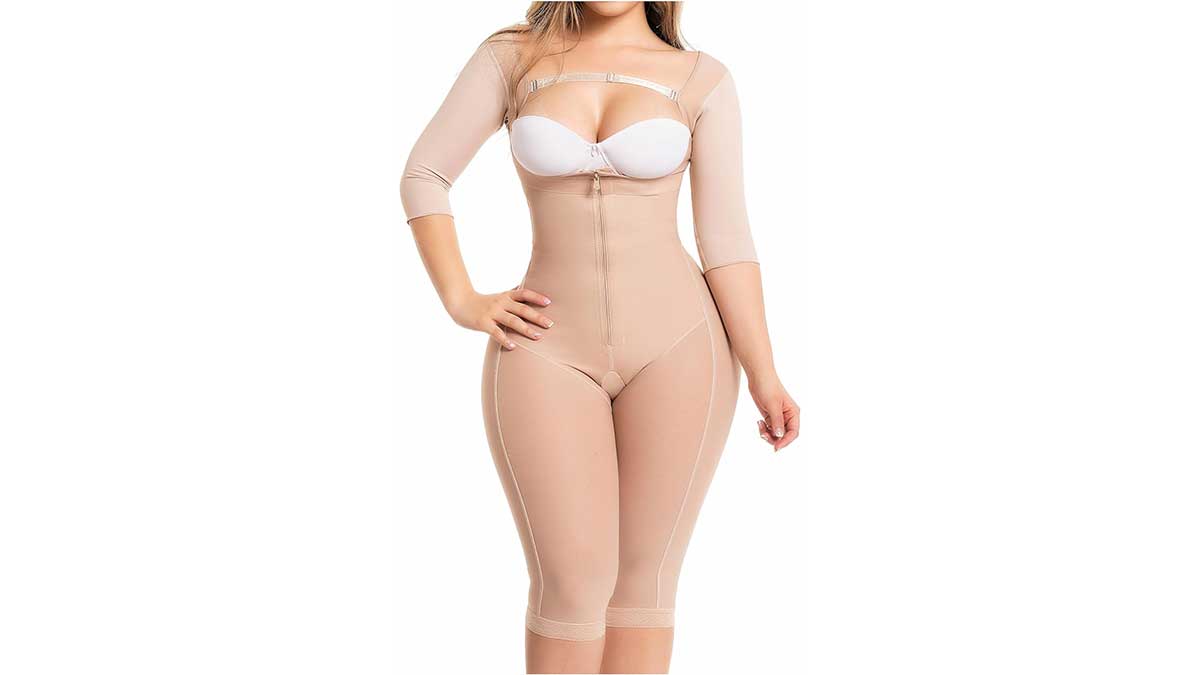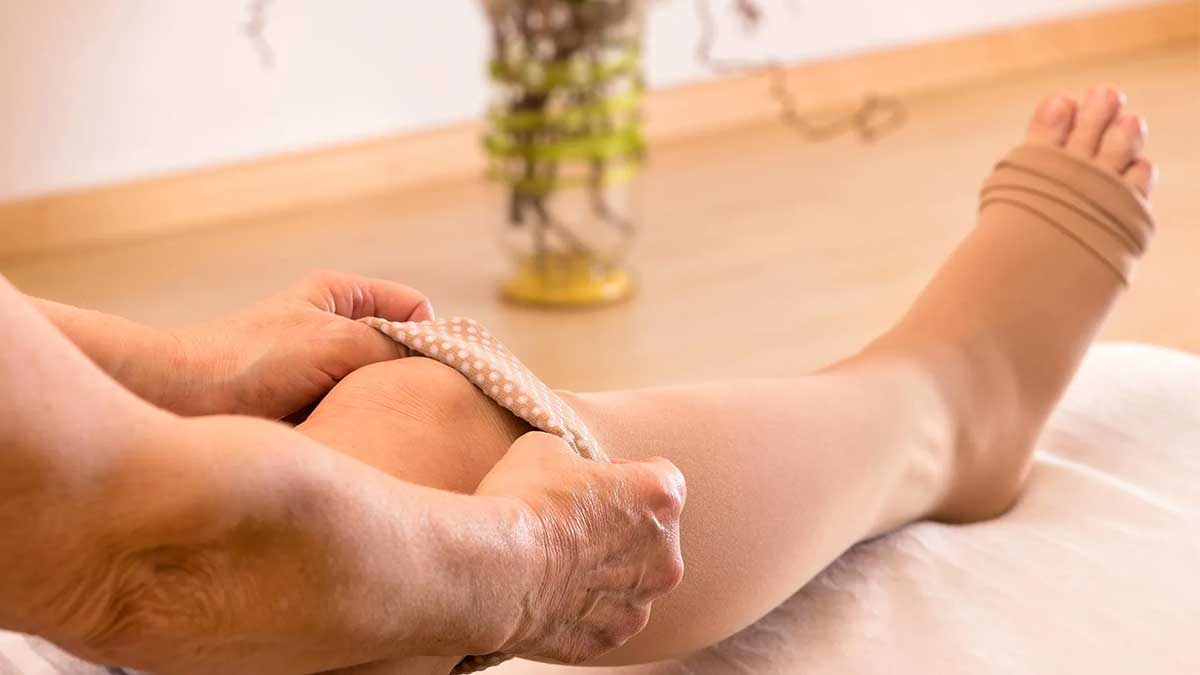Medical compression garments have become an essential tool in modern healthcare. These specialized garments are designed to apply controlled pressure to specific areas of the body to aid in recovery, improve circulation, and support overall health. Understanding the Types of Medical Compression Garments and their specific uses can help patients, healthcare providers, and fitness enthusiasts make informed choices about which garment is suitable for their needs.
Understanding Medical Compression Garments
Medical Compression Garments are specialized clothing items made from elastic or stretchable materials that apply consistent pressure to certain areas of the body. Their primary purpose is to improve blood circulation, reduce swelling, prevent complications like deep vein thrombosis (DVT), and support tissue recovery. These garments are widely used in post-surgical care, sports medicine, injury rehabilitation, and chronic medical conditions such as lymphedema.
The importance of these garments lies in their ability to provide targeted pressure that ordinary clothing cannot offer. From stockings to full-body suits, the range of Types of Medical Compression Garments is extensive and serves multiple purposes depending on the patient’s condition.
Key Types of Medical Compression Garments

1. Compression Stockings
Compression stockings are one of the most common Types of Medical Compression Garments. They are designed to provide graduated compression, with higher pressure at the ankle that gradually decreases up the leg. These garments are primarily used for:
- Preventing and treating varicose veins
- Reducing leg swelling and fatigue
- Supporting circulation after surgery or long periods of immobility
Patients who have undergone surgery, such as orthopedic procedures, often benefit from wearing compression stockings as part of recovery protocols. For example, studies and practical experience highlight Reasons to wear compression garments after a leg fracture to prevent swelling and blood clots, where compression stockings play a critical role.
2. Compression Sleeves for Arms and Legs
Compression sleeves are tubular garments designed for specific limbs. They are commonly used in post-operative care, sports recovery, and treatment of lymphedema.
- Arm sleeves: Useful for patients recovering from mastectomy or lymph node removal to reduce fluid accumulation.
- Leg sleeves: Help in managing post-surgical edema or chronic venous insufficiency.
By applying uniform pressure, these sleeves aid in the circulation of lymphatic fluid and blood, speeding up recovery while offering comfort and mobility.
3. Full-Body Compression Garments
Full-body compression suits are specialized garments that cover the torso and limbs. They are often used in post-bariatric surgery, major reconstructive procedures, and extensive burn recovery.
Patients who have undergone significant weight-loss surgery may be recommended Wearing Daily Shapewear After Gastric Bypass to support skin elasticity and prevent sagging. Full-body compression garments help maintain body shape and enhance tissue healing.
4. Post-Surgical Compression Garments
Post-surgical compression garments are designed specifically for recovery after cosmetic or reconstructive surgeries. These include garments for:
- Liposuction recovery
- Abdominoplasty(tummy tuck)
- Breast surgeries
For example, the Face Lipomatic Pressure Garment is designed to support healing after facial liposuction, ensuring that swelling is minimized and the skin conforms to new contours. Using these garments properly can significantly reduce complications and enhance the aesthetic results of surgery.
5. Compression Vests and Jackets
Compression vests and jackets are often used in post-thoracic or abdominal surgery recovery. These garments provide support to the upper body, reduce fluid retention, and assist in maintaining posture during recovery. They can also be used in sports or rehabilitation therapy to improve muscular endurance and circulation.
6. Maternity Compression Garments
During pregnancy, swelling in the legs and feet is common due to increased fluid retention and pressure from the uterus. Specialized maternity compression garments, such as belly bands and compression stockings, are designed to alleviate discomfort, improve circulation, and prevent varicose veins. These garments are another vital category under Types of Medical Compression Garments that serve a preventive as well as therapeutic purpose.
7. Compression Gloves and Hand Garments

These are used primarily in patients with arthritis, lymphedema, or post-hand surgery. Compression gloves help:
- Reduce swelling in fingers and hands
- Improve blood flow
- Support joints during movement
Their lightweight design allows for daily use without limiting mobility, making them effective for long-term care and rehabilitation.
Benefits of Medical Compression Garments
The advantages of Medical Compression Garments go beyond simple pressure application. Their benefits include:
- Enhanced Circulation: By applying consistent pressure, these garments facilitate venous return and prevent pooling of blood in extremities.
- Swelling Management: They help control edema in post-surgical patients or those with chronic conditions like lymphedema.
- Muscle Support: Athletes and patients alike benefit from reduced muscle vibration, improved recovery, and decreased risk of injury.
- Skin Recovery: In cases such as post-bariatric surgery or liposuction, compression garments support skin tightening and healing, linking to research like Exploring 3D technology in the production of compact garments treatment which highlights the technological advancements in garment design for better therapeutic outcomes.
- Scar and Stretch Mark Management: Some medical compression garments also aid in the healing of scars or prevention of stretch marks. For example, Exploring the treatment of stretch marks with the help of Garment shows that controlled pressure can improve skin appearance over time.
How to Choose the Right Medical Compression Garment
Selecting the correct garment is crucial for effectiveness. Factors to consider include:
- Purpose of Use: Recovery, prevention, sports, or post-surgery
- Level of Compression: Measured in mmHg (millimeters of mercury)
- Fit and Comfort: Proper sizing is essential for therapeutic benefit
- Material Quality: Breathable, durable fabrics improve comfort and compliance
Consultation with a medical professional is recommended, especially for post-surgical or chronic condition management, to ensure that the chosen garment meets the patient’s needs.
Tips for Wearing Medical Compression Garments

- Wear them as prescribed by a physician
- Ensure proper hygiene by washing regularly
- Avoid rolling or folding the garment to maintain uniform pressure
- Replace garments if elasticity decreases over time
Future Innovations in Compression Garments
Advancements in textile engineering and wearable technology have led to the development of smarter compression garments. Features may include:
- Adjustable compression levels
- Breathable and cooling fabrics
- Integration with sensors to monitor blood flow and pressure
These innovations show that Types of Medical Compression Garments are evolving to offer more personalized and effective treatment solutions for patients, blending comfort, functionality, and medical efficacy.
Conclusion
Understanding the Types of Medical Compression Garments is essential for anyone looking to support recovery, improve circulation, or manage chronic conditions. From compression stockings to full-body garments, each type serves a specific purpose tailored to medical needs.
By choosing the right Medical Compression Garments and using them properly, patients can experience faster recovery, reduced swelling, enhanced circulation, and overall improved well-being. These garments also play a crucial role in post-surgical care, sports recovery, and chronic condition management, making them indispensable in modern medical practice.
Whether you are recovering from surgery, managing chronic swelling, or seeking post-bariatric support, medical compression garments offer a scientifically backed, non-invasive, and highly effective solution for health and recovery.







